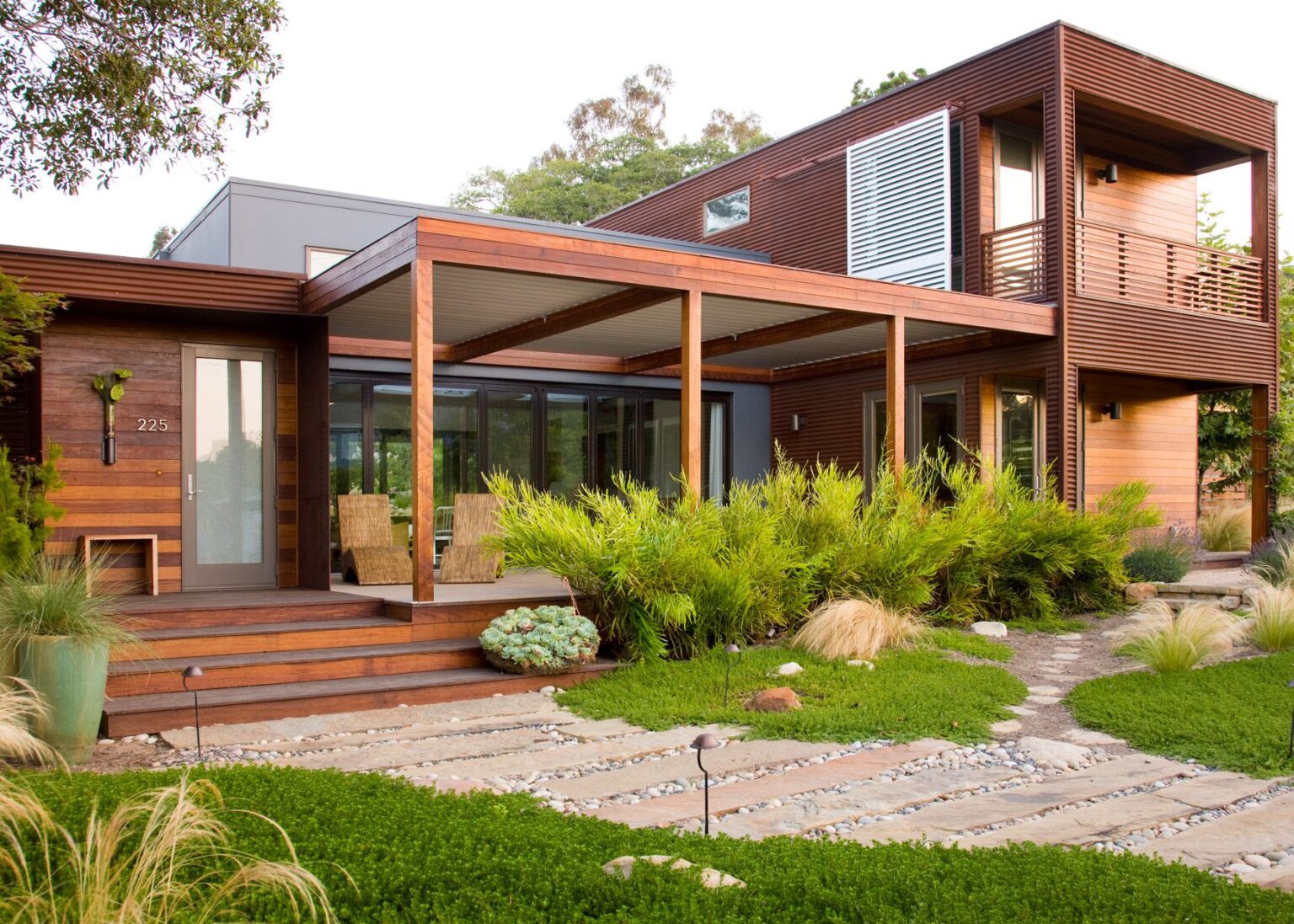Introduction
In today’s rapidly changing world, the need for sustainable practices extends to all aspects of our lives, including the places we call home. Sustainable homes, also known sustainable architecture for home as green homes, are redefining residential architecture by prioritizing environmental responsibility, energy efficiency, and human well-being. This article explores the key elements that make sustainable homes a viable solution for a more sustainable future.
The Concept of Sustainable Homes
Sustainable homes are designed to minimize their environmental impact while maximizing the comfort and well-being of occupants. These homes are built with careful consideration for energy efficiency, water conservation, use of renewable resources, and healthy indoor environments. By adopting sustainable design principles, homeowners can reduce their carbon footprint and contribute to a greener, more sustainable future.
Energy-Efficient Design
One of the fundamental aspects of sustainable homes is energy-efficient design. This includes optimizing insulation, utilizing natural light, and implementing passive heating and cooling techniques. By reducing energy consumption for heating, cooling, and lighting, sustainable homes significantly decrease their reliance on non-renewable energy sources, thereby lowering greenhouse gas emissions.
Utilizing Renewable Energy Sources
Sustainable homes integrate renewable energy sources such as solar panels, wind turbines, and geothermal systems. These systems harness the power of nature to generate clean energy, reducing dependency on fossil fuels. By embracing renewable energy, homeowners can not only reduce their energy bills but also contribute to a more sustainable and resilient energy grid.
Water Conservation Techniques
Water scarcity is a growing concern worldwide, making water conservation a crucial aspect of sustainable homes. These homes employ water-saving fixtures, rainwater harvesting systems, and graywater recycling methods to minimize water wastage. By implementing these techniques, sustainable homes can significantly reduce water consumption and promote responsible water usage.
Incorporating Smart Home Technology
Smart home technology plays a pivotal role in sustainable homes. By utilizing automated systems and smart devices, homeowners can optimize energy usage, monitor resource consumption, and control appliances remotely. This integration of technology enhances energy efficiency and empowers residents to make informed decisions about their energy consumption, reducing their environmental impact.
Sustainable Materials and Construction Methods
Sustainable homes prioritize the use of eco-friendly materials and construction methods. This includes incorporating recycled materials, utilizing locally sourced resources, and employing sustainable building practices. By reducing the ecological footprint associated with construction, minimize waste generation and promote a circular economy.
Indoor Air Quality and Ventilation Systems
Indoor air quality is a vital aspect of that directly impacts the health and well-being of occupants. These homes employ efficient ventilation systems, low-VOC (volatile organic compound) materials, and natural airflow strategies to ensure clean and fresh indoor air. By prioritizing indoor air quality, create healthier living environments for residents.
Green Spaces and Urban Farming
Sustainable homes embrace the concept of green spaces and urban farming. By incorporating gardens, rooftop greenery, and vertical farming systems, these homes contribute to biodiversity, improve air quality, and promote self-sufficiency. Green spaces also provide opportunities for residents to connect with nature and foster a sense of community.
Resilient and Disaster-Resistant Structures
In the face of increasing climate-related events, sustainable homes prioritize resilience and disaster resistance. These homes utilize resilient construction materials, implement effective drainage systems, and incorporate strategies for climate adaptation. By withstanding natural disasters and extreme weather conditions, sustainable homes offer long-term safety and security for residents.
Financial Benefits of Sustainable Homes
While the initial cost of building a home may be higher, the long-term financial benefits are substantial. Energy-efficient design and renewable energy systems significantly reduce utility bills, leading to considerable savings over time. Additionally, homes often have higher resale value and attract environmentally conscious buyers, making them a wise investment for homeowners.
Community Engagement and Social Sustainability
Sustainable homes not only focus on environmental sustainability but also promote community engagement and social well-being. These homes encourage social interaction, support local economies, and foster a sense of belonging. By creating neighborhoods, residents can collaborate, share resources, and collectively contribute to a more and resilient community.
Overcoming Challenges in Implementing Sustainable Homes
Implementing homes may present challenges, including higher upfront costs, limited availability of materials, and the need for specialized knowledge and skills. However, these challenges can be overcome through government support, industry collaboration, and increased public awareness. By addressing these obstacles, we can accelerate the adoption of and create a more future.
The Role of Government and Policy
Government policies play a crucial role in promoting homes. By offering incentives, grants, and tax benefits, governments can encourage homeowners and builders to prioritize sustainable practices. Furthermore, regulations and building codes can ensure that design principles are incorporated into residential projects, making the norm rather than the exception.
Conclusion
Sustainable homes are revolutionizing residential architecture, paving the way for a more future. By embracing energy efficiency, renewable energy sources, water conservation, and smart home technology, these homes not only reduce environmental impact but also enhance the quality of life for occupants. With collective efforts from individuals, governments, and the construction industry, can become the cornerstone of a greener and more resilient society.
Home Improvement Cast: Transform your home with expert guidance and inspiration! Our website offers a comprehensive collection of articles, tips, and tutorials on various aspects of home improvement. Whether you’re looking to renovate, decorate, or enhance your living space, Home Improvement Cast provides the knowledge and ideas you need to create the home of your dreams.




